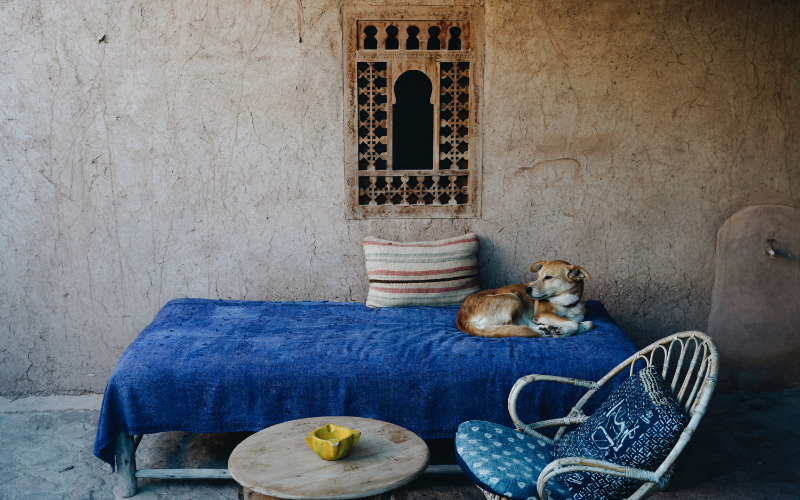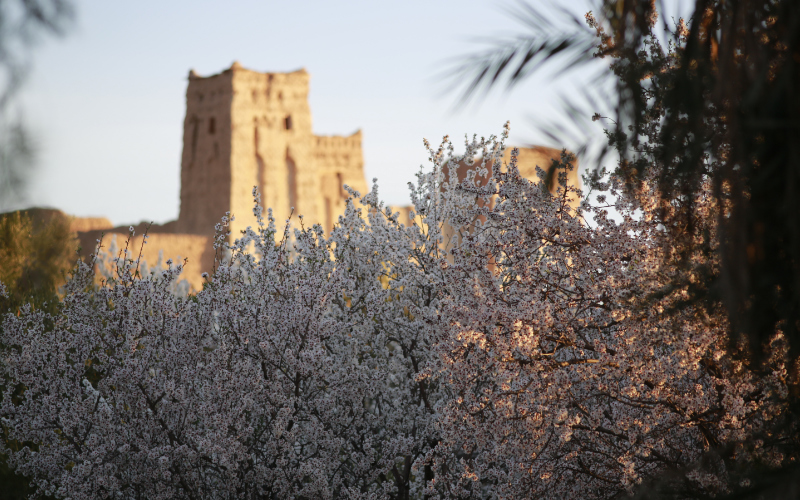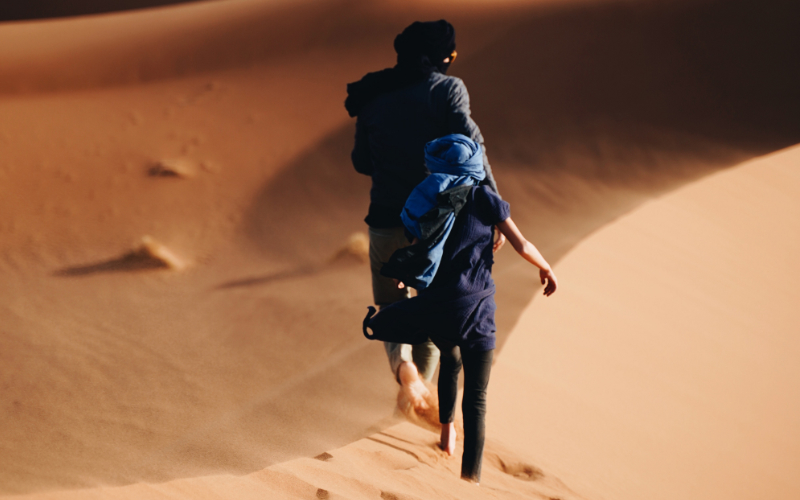Morocco’s marvels range from sprawling deserts and mountain ranges to miles of rugged coastline – and that’s before we mention the culture-laden cities. In short, there’s something to entice any traveller to Morocco, and at every time of year. The country’s climate is largely characterised by stifling hot summers and mild winters, although every region is different. While the best time to visit Morocco depends on what you plan to do on your trip, spring and autumn boast the most pleasant temperatures for activities. Winter is best for top surf conditions, desert adventures and sightseeing without the crowds, while in the scorching summer, visitors should stick to the cooler coast. Read on for our month-by-month breakdown to learn more about Morocco’s seasons.
Essaouira
Essaouira is a coastal town that enjoys a relatively mild year-round climate. Even during the winter months, from November to February, the maximum average temperature is between 18°C and 20°C. In summer, maximum averages are 22°C in August and September, with almost no rain. Thanks to a cool sea breeze, the temperature in Essaouira is much lower in summer than in other cities in Morocco. Summer winds are pleasant, but in winter, they tend to cool the air too much. Essaouira's highest rainfall generally occurs between November and December and is between two and three inches.
Morocco's far southern region
The far south of Morocco has a semi-arid to desert climate. The pre-Saharan valley region, with the Saharan foothills of the Middle and High Atlas, has a desert climate with variations depending on the altitude. Temperatures can increase from seven to ten degrees in winter – with frequent frosts at night – to over 30°C in summer. The mercury can even nudge 50°C in some places. As with the rest of Morocco, July to September are the warmest months, with a maximum average temperature topping 30°C in the high period from July to August. Temperatures are lowest in December and January, with an average of ten degrees and 0.4 to 0.6 inches of rainfall.
The Saharan region lies to the south of the Atlas Mountain range. Here, there is a desert climate. Rainfall is non-existent for much of the year (February to August), with great temperature differences. The coastal part of the Sahara has smaller variations in temperature and less of a difference between winter and summer. In winter, the average temperature is 18°C, while in summer it rises to 23°C. Inland, winters are much cooler, with an average temperature of 14°C, while summers are 35°C.
Marrakech
Marrakech has a warm semi-arid climate with winter droughts. The city lies at the foot of the Atlas Mountains and has relatively mild winters with maximum average temperatures between 18°C and 19°C from December to February. Don't get caught out by the cool evenings, though, as temperatures can drop to around five or six degrees. Summers are hot, and temperatures can frequently exceed 40°C. Maximum average temperatures top 30°C from June to September, reaching a maximum in July and August of 36.5°C. From October to November, autumn has pleasant temperatures, but it's also graced with the arrival of humidity and thunderstorms. It rains more heavily in winter, with over one inch of rainfall from December to February and possible snow.
The medinas of the north
From Fez to Meknes and Tetouan to Tangier, the medinas of northern Morocco enjoy a Mediterranean climate influenced by the Atlantic Ocean and the Sahara Desert. Atmospheric disturbances from the ocean generally affect this area between October and March (but can run into April and May). Summers are dry and sunny, but morning haze and night-time dew can appear. Rainfall is higher in cities in the north of this region, such as Tangier or Larache, and more moderate in Rabat or Casablanca. Expect average temperatures of around 13-14°C during the winter period from December to January and summer temperatures of around 24-25°C from July to September. In this area of the northern medinas, it's fairly rare to experience the stifling heat and sweltering temperatures seen further south in Morocco.


























